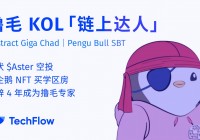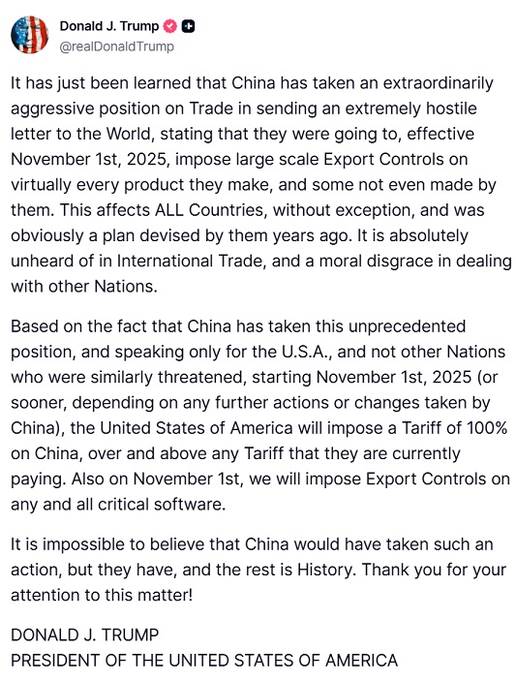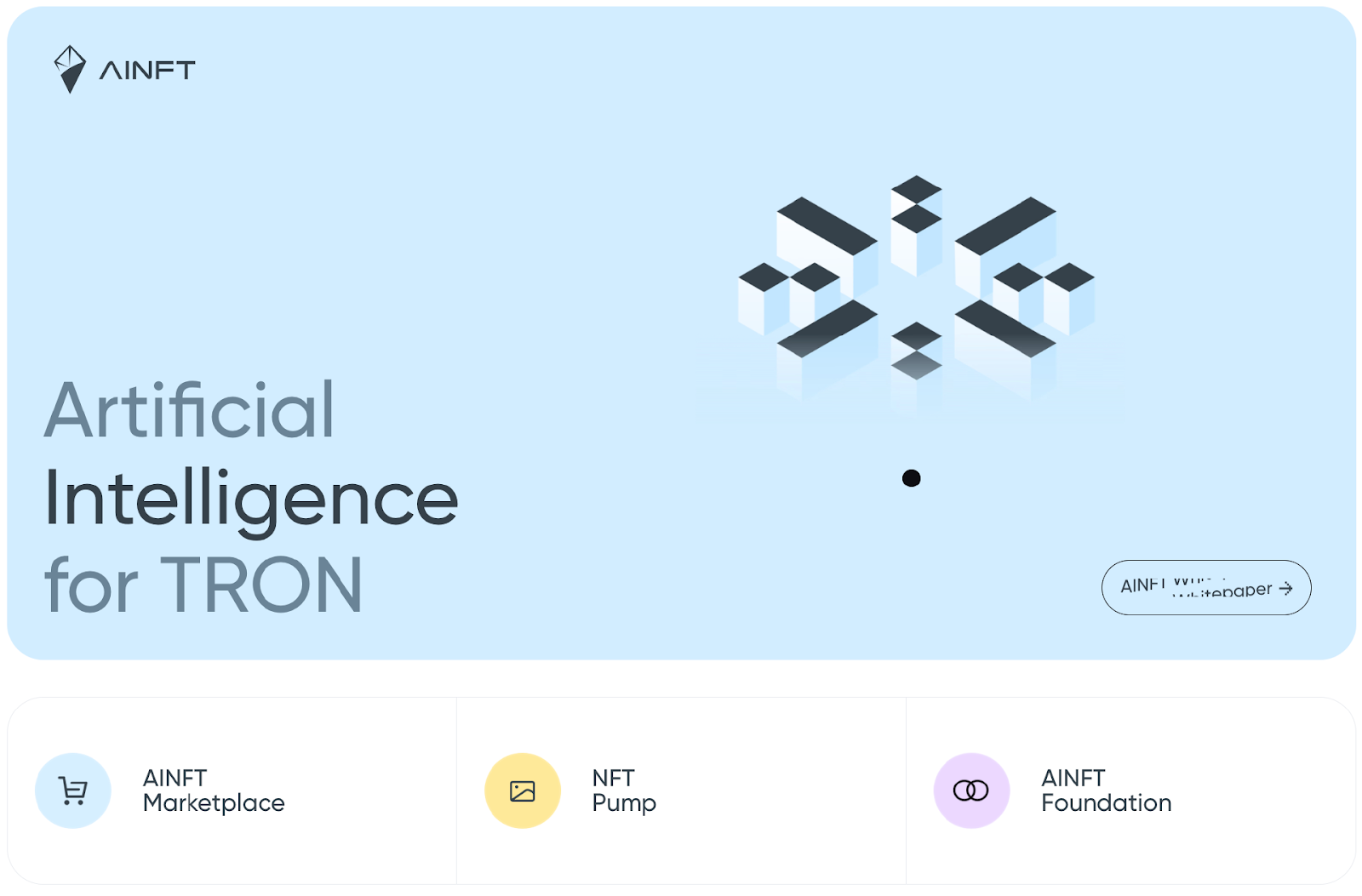Bitcoin's Scarcity and Ownership Concentration: A Strategic Case for Early Entry
- Bitcoin's programmed halving reduces supply issuance, with 1.4M BTC unmined by 2025 and next halving in 2028. - Institutional investors control 18% of Bitcoin supply via ETFs and corporate treasuries, driving demand and price stability. - Retail investors own 71% of Bitcoin but face rising accumulation barriers as institutional dominance stabilizes volatility. - Scarcity-driven dynamics and institutional adoption position Bitcoin as a generational asset with exponential price potential pre-2028 halving.
Bitcoin’s scarcity, driven by its programmed halving mechanism, has long been a cornerstone of its value proposition. As of 2025, just 1.4 million BTC remain unmined, representing 6.7% of the total supply [1]. The most recent halving in April 2024 reduced the block reward to 3.125 BTC per block, with the next halving expected in 2028, further slowing new supply creation to 1.5625 BTC per block [4]. This predictable reduction in issuance creates a deflationary tailwind, historically correlating with price appreciation as demand outpaces supply [1].
Institutional adoption has accelerated this dynamic. By 2025, institutional investors control approximately 18% of the total Bitcoin supply, with corporate treasuries and ETFs collectively holding over 1.25 million BTC [3]. Public companies like MicroStrategy (629,376 BTC) and the U.S. Strategic Bitcoin Reserve (SBR) have institutionalized Bitcoin as a reserve asset, with the SBR alone injecting $120 billion in demand by acquiring 1 million BTC [3]. Sovereign wealth funds and governments, including El Salvador and Bhutan, are also diversifying into Bitcoin, signaling its growing legitimacy as a macroeconomic hedge [5].
Meanwhile, retail investors face a paradox: while they still own over 71% of all Bitcoin in 2025 [5], the ability to accumulate a full Bitcoin has become increasingly rare. Only 0.18% of crypto owners hold 1 BTC or more [4], a statistic that underscores the asset’s inelastic supply and rising institutional dominance. Retail participation has shifted toward speculative altcoins and meme tokens, leaving Bitcoin’s price action increasingly dictated by institutional flows [6]. This bifurcation has also stabilized Bitcoin’s volatility—annualized volatility dropped 75% compared to 2023 levels—due to deeper liquidity and “strong hands” from institutional holders [1].
The implications for investors are clear. With Bitcoin’s supply approaching its maximum cap and institutional demand outpacing daily mining output by sixfold [2], the cost of acquiring a full Bitcoin is poised to rise exponentially. Early entry, particularly before the 2028 halving, offers a strategic advantage to secure exposure at a time when scarcity and institutional adoption are still in their ascendant phases. For investors seeking long-term value accrual, Bitcoin’s unique combination of scarcity, institutional validation, and macroeconomic utility positions it as a generational asset.
Source:
[1] Understanding Bitcoin Halving: Impact on Price and ...
[2] Bitwise Sees BTC Hitting $1. 3M by 2035
[3] Institutional Adoption and the Potential End of Bitcoin Bear ...
[4] Owning a full Bitcoin in 2025 — just how rare is it?
[5] Who Owns the Most Bitcoin in 2025? - River
[6] Institutions double down on BTC and ETH while retail turns ...
Disclaimer: The content of this article solely reflects the author's opinion and does not represent the platform in any capacity. This article is not intended to serve as a reference for making investment decisions.
You may also like

Who is the culprit behind the liquidation of 1.6 million people?
It's not USDe depegging, nor Binance disconnecting, but rather market makers collectively acting maliciously?

Trump's Trade War Resumes: Analysis of the Macroeconomic Factors Behind the Simultaneous Decline in Crypto and Stocks
Tariffs = stock market/cryptocurrency plunge, but today is far more than that.

From APENFT to AINFT: Reshaping the Digital Ecosystem with AI and Moving Towards a New Era of Intelligence
AINFT is committed to deeply integrating the intelligent creativity of AI with the trust mechanism of blockchain, evolving from a digital asset platform into a self-driven and continuously evolving intelligent digital ecosystem.
